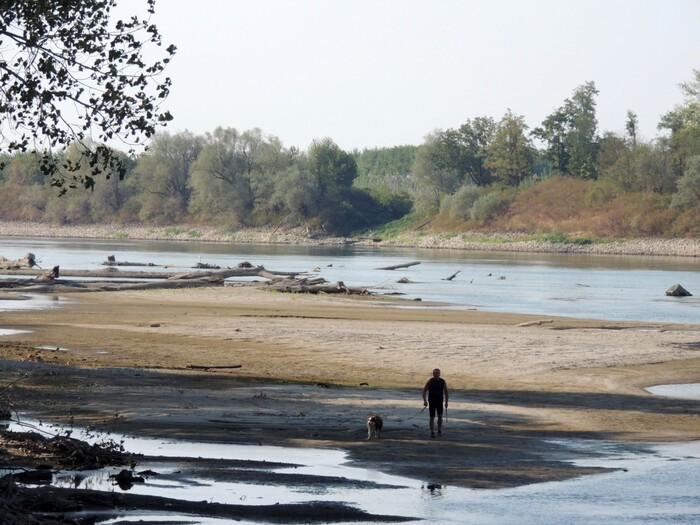Climate
change
is making us
more vulnerable to infection
or set to do so in the near future.
The impact of 58% of known infectious diseases, in fact, will be aggravated by the new climatic conditions that the Earth is facing.
This is the alarm contained in a
study by the University of Hawaii in Honolulu
and published in Nature Climate Change.
And from China comes the news of a new virus that has infected 35 people.
Called Langya (LayV) it belongs to the Henipavirus family, the same to which the Hendra and Nipah viruses belong, both with high lethality.
Early data suggest that the new virus lacks the ability to spread effectively in humans and that it is less aggressive than its close relatives.
Researchers who have published in Nature Climate Change have discovered over a thousand dynamics through which climate change can favor the spread of pathogens in humans.
Warming and changes in rainfall, for example, can cause vectors such as mosquitoes, ticks, fleas and therefore the infections they transmit to expand;
warming at high latitudes allows both vectors and pathogens to survive the winter, aggravating epidemics in hot seasons;
high temperatures, drought, fires can destroy the habitat of different species or make it inhospitable and bring pathogens closer to humans.
Phenomena of this type have been reported this year: as a consequence of the
drought
of extraordinary magnitude, the
mosquitoes
were attracted to areas populated by humans where the availability of water was guaranteed.
It does not go better with exceptional rainfall: these events can lead to the overflow of wastewater and the transmission of infectious agents found in it.
The researchers then point out an extreme, but not remote, hypothesis: thawing permafrost could put long-frozen pathogens back into circulation.
The latter circumstance, the researchers write, "could be considered a Pandora's box", given the potentially large number of pathogens trapped in ice over the millennia and the fact that many of them may be unknown to the human immune system. .
Climate change could also induce changes in microbes: heat waves, for example, could select heat-resistant agents.
These could be very dangerous because they are able to cope with one of the main defenses of the human body: fever.
"The huge number of diseases and transmission routes that are exacerbated by climate risks reveals the magnitude of the threat to human health posed by climate change and the urgent need for aggressive actions to mitigate greenhouse gas emissions", conclude the researchers.
The news of the new Chinese virus was instead reported by researchers from various Chinese institutions in the New England Journal of Medicine.
The investigation that led to the identification of the new virus started with a 53-year-old patient hospitalized at the end of 2018 for fever and other flu-like symptoms in a Chinese hospital where surveillance for potentially animal infections was active.
All had fever, about half suffered from fatigue, cough, anorexia, muscle aches, lack of white blood cells;
about one third had nausea, headache, vomiting, platelet deficiency, impaired liver function;
less than 1 in 10 kidney problems.
No deaths were reported among the 26 patients.

